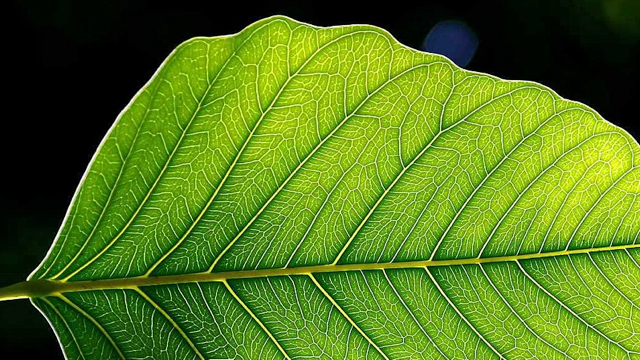
This new solar panel really is green. Instead of using semiconducting silicon, proteins from plants transform light into electricity.
Physicist Andreas Mershin, at Massachusetts Institute for Technology, and his colleagues say they’ve simplified the production of plant-based solar cells so that any lab can make them. Mershin hopes these biological solar panels could provide power in places that currently have no electricity.
“People have been growing their own food for millennia,” he says. “I think it’s time to start growing our own solar power.”
Plants make sugars using energy from the sun in a process called photosynthesis. Protein complexes convert the light energy into electrons, which drive the plant’s sugar-producing factories.
These plant proteins are tuned to maximize the sun’s energy. Practically all of the sunlight that hits them gets converted to electrons. Commercial solar panels struggle to match this efficiency because they can’t absorb all wavelengths of visible light.
